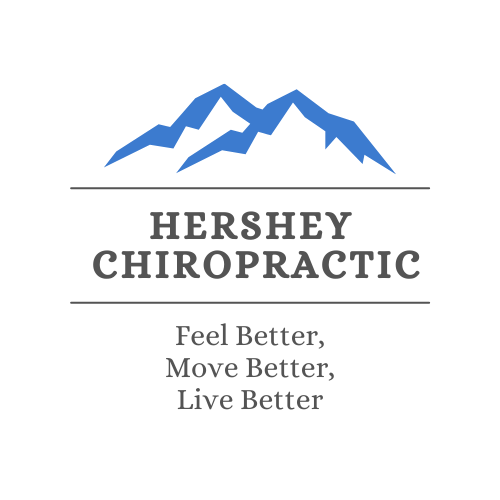Treatment
Manipulation: Regular table stretch our spinal, pelvic and extremity joint manipulation techniques vary with the size, build, age and temperament of the patient. Each treatment is customized to the individual. Some patients prefer the traditional adjustments and other patients like a more gentle approach. Each type of treatment will have its own advantages, but all of our treatment techniques will result in improvement.
Arthrostim Gun: Stim gun & Joy This is a gentle percussion-adjusting instrument that we use. The instrument delivers a gentle tapping force that can gently but effectively realigns the vertebrae. This adjusting tool is especially effective for those that have more delicate conditions, people that prefer light treatment and elderly patients.
Decompression: We have a state of the art decompression table. This table is designed to reduce the severity of disc injuries. It has a very high success rate for bulging and herniated discs. It is also helpful to stretch the spinal articulations. This is the same type of table that some physicians bill thousands to use. We charge no additional fees for treatments on the table.
Muscle Stimulation: Low Volt-This is one of our patient’s favorite types of therapy. The therapy utilizes small pads (electrodes) to send electrical signals to specific muscle areas. Low volt stim is our most popular therapy. The signals reduce muscle spasm. High Volt- This therapy is sometimes combined with ultrasound. The high voltage (with low amperage) sounds scary but is very gentle and safe.
Ultrasound: Ultrasound is utilized in our office for treatment of muscle spasms and joint inflammation when it’s not acute. This procedure is done manually or with a stationary instrument. It is combined with low volt or high volt galvanic or is used on it’s own. The treatment will stimulate circulation deeper into a joint. Muscle massage, stretching and Trigger-point work: We provide a range of muscle techniques to help the muscles relax. Muscle work helps to assist in the recovery of musculoskeletal injuries because tight muscles tend to interfere with successful recovery.
